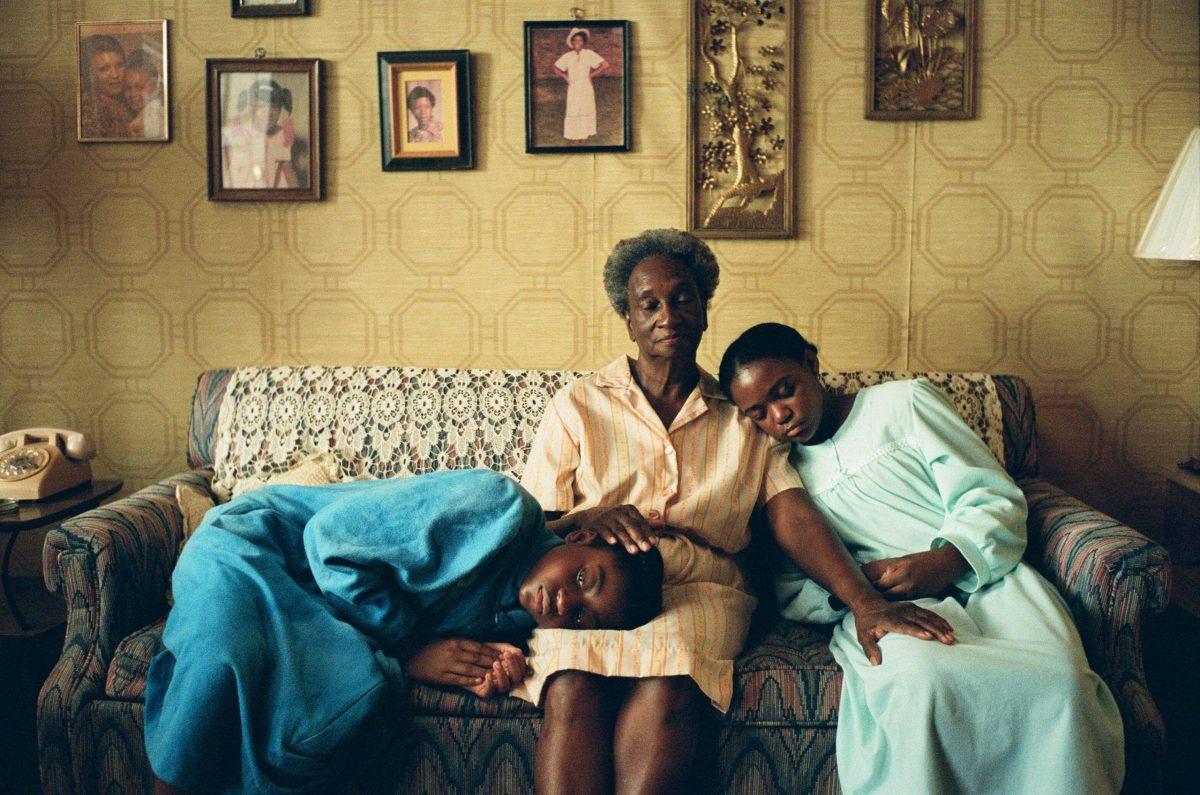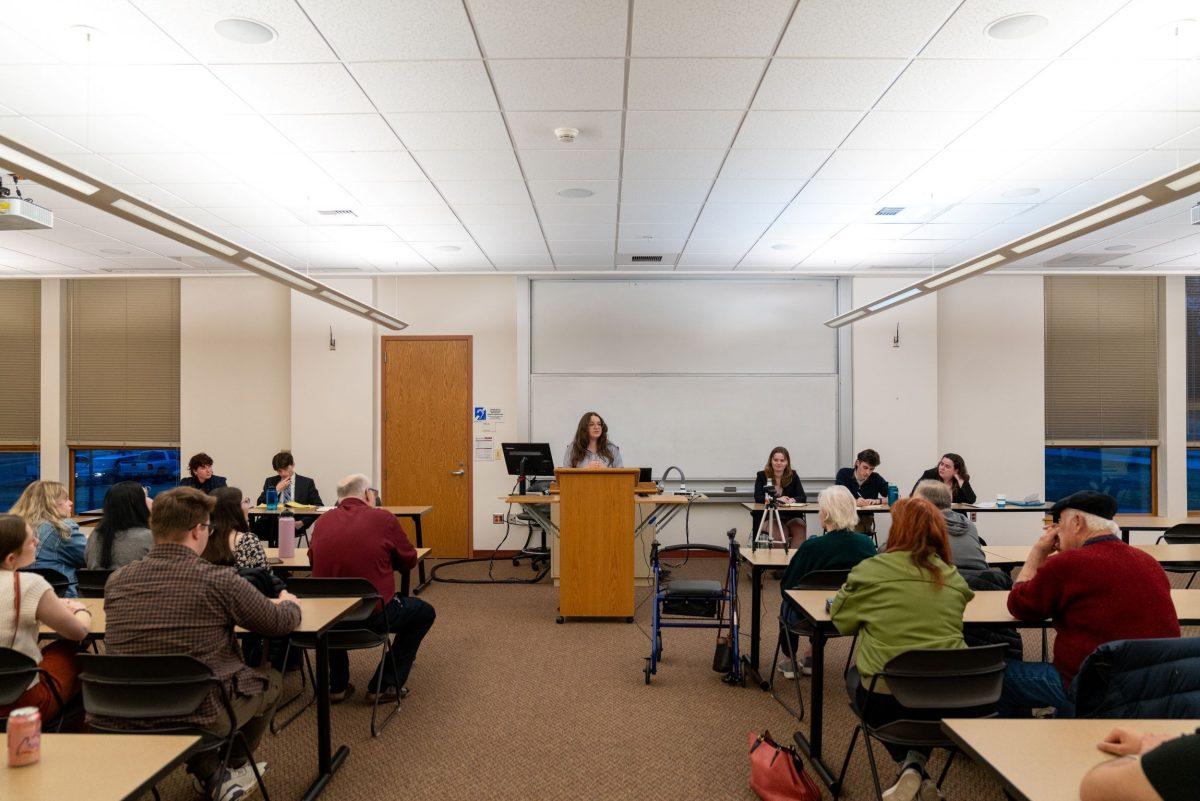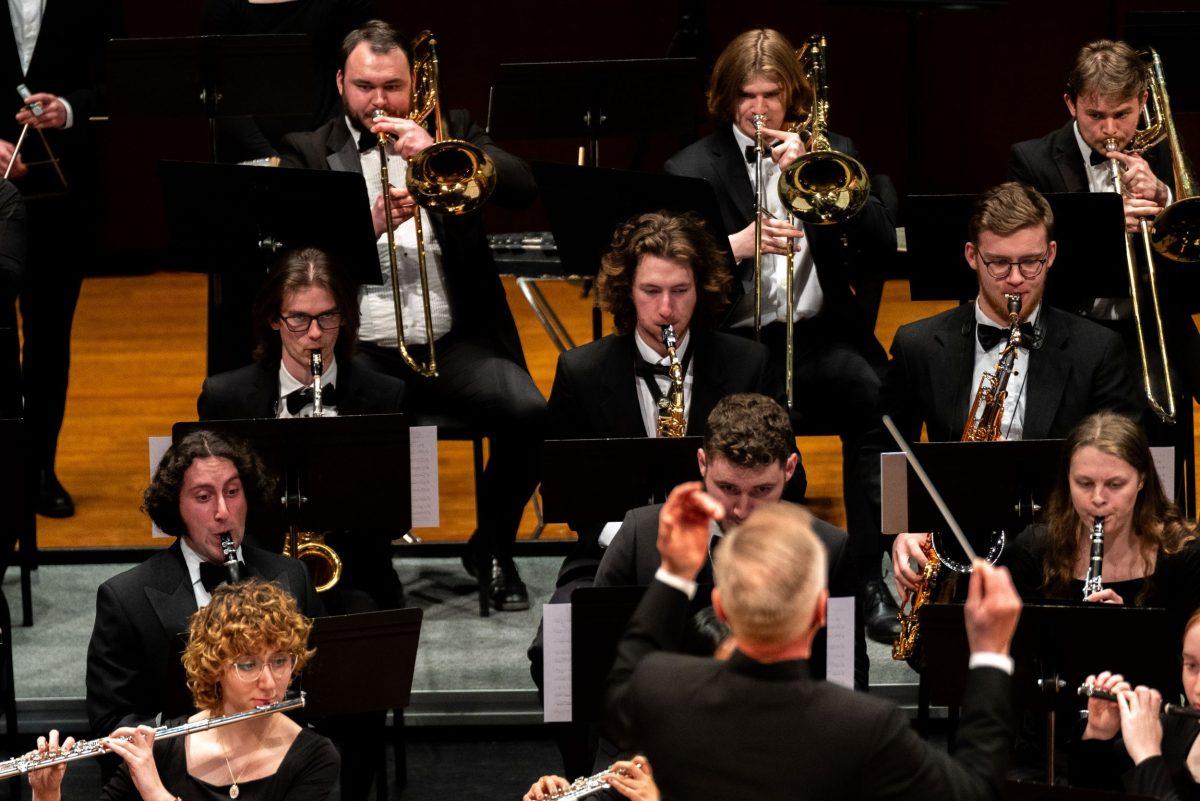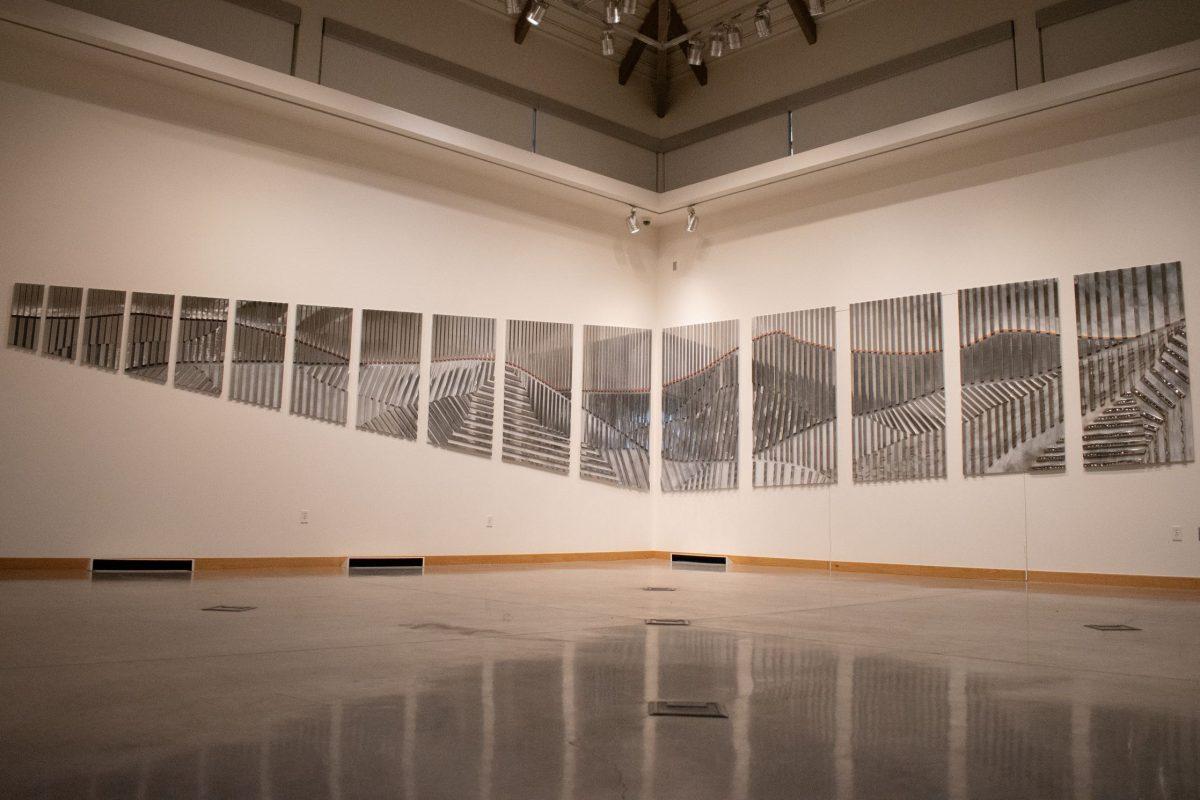by Heather Kennison
Paradox is stitched into the very fabric of reality, Dr. Daniel McInerny said Thursday, Sept. 29 in a lecture at Whitworth’s Robinson Teaching Theater.
McInerny, founder and CEO of Trojan Tub Entertainment, was part of the fifth annual “Faith, Film and Philosophy” lecture series. The series is sponsored by the Weyerhaeuser Center for Christian Faith and Learning, and the Gonzaga University Faith and Reason Institute.
The goal of the “Faith, Film and Philosophy” series is to understand the integration of faith and reason by looking at films, said Margaret Rankin, program coordinator at the Gonzaga Faith and Reason Institute.
This year’s theme for the conference was “Mystery in Film.”
“There’s something about the mystery element in film that takes us out of ourselves and gets us thinking about the mysterious elements of reality,” Rankin said.
McInerny’s lecture was titled “On Mysteries and the Higher Mystery.” McInerny focused on the fact that mystery is a kind of paradox. The two approaches to paradox in mysteries and thrillers are the Conan Doyle Approach and the Chesterton Approach.
McInerny said the first approach looks to Doyle’s Sherlock Holmes as the original detective/hero model and asks: What does the character of Sherlock Holmes imply about the world, the human person and the nature of mystery? This approach to film lays great emphasis in linking up facts and portrays the detective/hero as a thinking machine.
“Two of the virtues most important for the heroes in this approach are courage and cunning,” McInerny said.
Modern-day heirs of Sherlock Holmes in television and film include “CSI,” “The Matrix,” “Inception” and “House.” Still, McInerny said there are other shows that are turning the character of Holmes into a freak.
“House is a bad pun on Holmes, all the way down to the drug addiction,” McInerny said.
The Chesterton Approach links examples of the mystery/thriller genre to G.K. Chesterton’s fictional character, Father Brown. In this approach, the detective/hero is portrayed as a metaphysical moralist who plumbs into the moral psychology of the killer to see how God and the devil are operating, McInerny said. Chesterton sees mystery as a paradox that reveals the operations of the human heart.
“This is an exercise of imaginative interpretation, but it’s more than that,” McInerny said.
The lecturer noted that a few modern-day heirs of Father Brown are “Harry Potter,” “Children of Men” and “Pulp Fiction.”
The Chesterton Approach delves into the deeper questions such as the paradox of evil and the paradox of original sin—why God permits evil, McInerny said. The mystery of original sin only makes sense in light of the very highest mystery: The God who died.
“Given the Fall, there is a theological logic to God dying,” McInerny said. “When we reflect on it, we find it makes perfect sense that God gives humans free will, and that’s gonna lead to original sin.”
Both Whitworth and Gonzaga students, as well as the general public were invited to attend the lecture. Moriah Hall, third year student at Moody Bible Institute, said that after viewing this lecture, she wants to be able to interpret films in view of underlying values.
Events for the series began Sept. 21 with the film “A History of Violence” and continued between the 28-30 with lectures. Topics ranged from mystery as an affirmation of justice, Hollywood and the romance of the living dead and “The Mystery: Christian Heir or Nemesis?” The event concluded with a final seminar on Saturday where participants from around the world shared papers written for the event.
“It’s very interesting to see the themes [the speakers] come up with,” Rankin said. “There’s a kind of mystery element in our lives, especially as Christian philosophers.”






